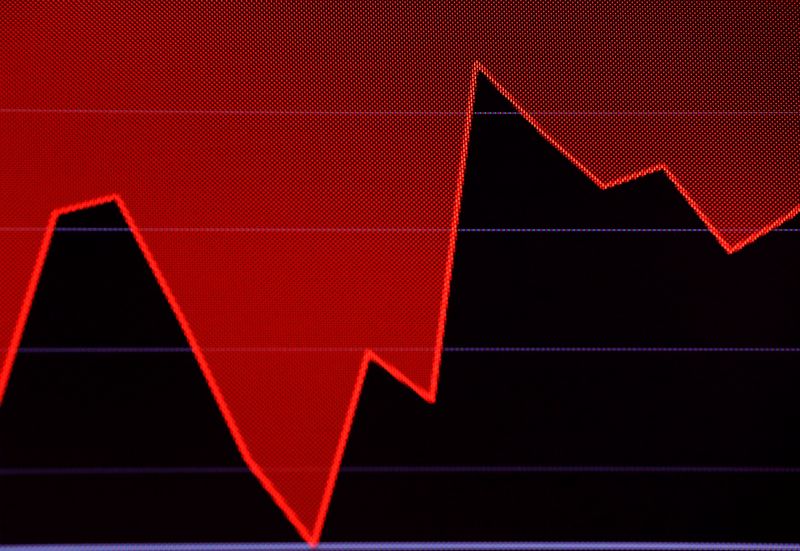By Suzanne McGee
(Reuters) - The spike in stock market volatility may be good news for at least one group of asset managers: those rolling out "buffer" exchange-traded funds (ETFs) that offer investors the chance to swap some stock market upside for downside protection.
Over the last three years, assets invested in these products have soared to $41 billion or more from less than $10 billion. They have seen inflows in recent days as well, as investors seek shelter from a rout in global stocks and other risky assets.
Average weekly net inflows into this category have jumped to $283 million since the beginning of July from an average of $160 million throughout the first six months of the year, according to Morningstar data. In the week ended Aug. 2, net inflows jumped to $360 million from $166 million in the previous week.
The S&P 500 index has dropped around 5% so far this month, in a rout fueled by U.S. economic worries and the unwind of a global carry trade that has also hammered stocks from Japan to Europe.
"Our inflows last week were probably five or six times what we would see in a typical week," said Graham Day, chief investment officer at Innovator ETFs, which launched the first buffer ETF six years ago.
Buffer ETFs typically use options to put a floor on how much an investor can lose while also eliminating the potential for unlimited gains. Investors - or often, their financial advisors - are drawn to variants of these products as a way to resist the temptation to abandon stocks when markets get frothy.
The downside, of course, is that while the ETFs can absorb market hits during periods of volatility, like the recent plunge in stocks, investors could lose out on upside if they hold them for the long term, said Zachary Evens, manager research analyst at Morningstar.
"The risk is that they're sold to investors who don't need them, because they have a long-term time horizon," Evens said. "There are no free lunches in investing."
Even before the cracks began to appear in this year's bull market, the buffer ETF universe was growing rapidly. So far in 2024, 76 new products that fall into this category have made their debut, offering anywhere from 9% to 100% downside protection on an array of indexes. That is more than the 66 rolled out during all of 2023 and brings the current total to 297.

The most recent twist is the arrival on the scene of a variant of buffer ETFs that their issuers prefer to refer to as "capital protected" funds, offering 100% downside cushions and less upside potential.
"This is where we think the opportunity lies," said Matt Kaufman, head of ETFs at Calamos Investments, which rolled out its first products of this kind earlier this year. "This selloff is the first real life test for these products, and so far they are doing exactly what we thought they would." (This story has been corrected to fix the average weekly net inflow figure to $283 million from $283 billion, in paragraph 3)